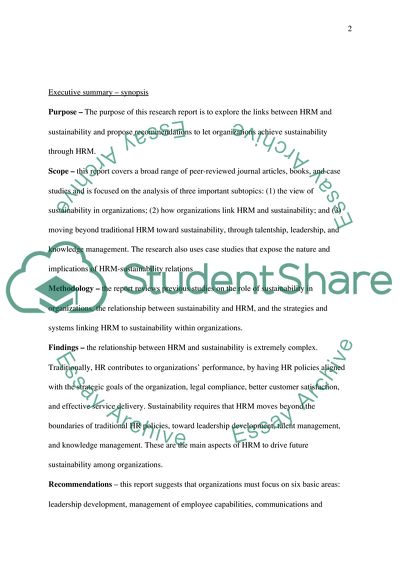Cite this document
(“HRM and Sustainability Essay Example | Topics and Well Written Essays - 1500 words”, n.d.)
HRM and Sustainability Essay Example | Topics and Well Written Essays - 1500 words. Retrieved from https://studentshare.org/human-resources/1584441-hrm-and-sustainability
HRM and Sustainability Essay Example | Topics and Well Written Essays - 1500 words. Retrieved from https://studentshare.org/human-resources/1584441-hrm-and-sustainability
(HRM and Sustainability Essay Example | Topics and Well Written Essays - 1500 Words)
HRM and Sustainability Essay Example | Topics and Well Written Essays - 1500 Words. https://studentshare.org/human-resources/1584441-hrm-and-sustainability.
HRM and Sustainability Essay Example | Topics and Well Written Essays - 1500 Words. https://studentshare.org/human-resources/1584441-hrm-and-sustainability.
“HRM and Sustainability Essay Example | Topics and Well Written Essays - 1500 Words”, n.d. https://studentshare.org/human-resources/1584441-hrm-and-sustainability.


